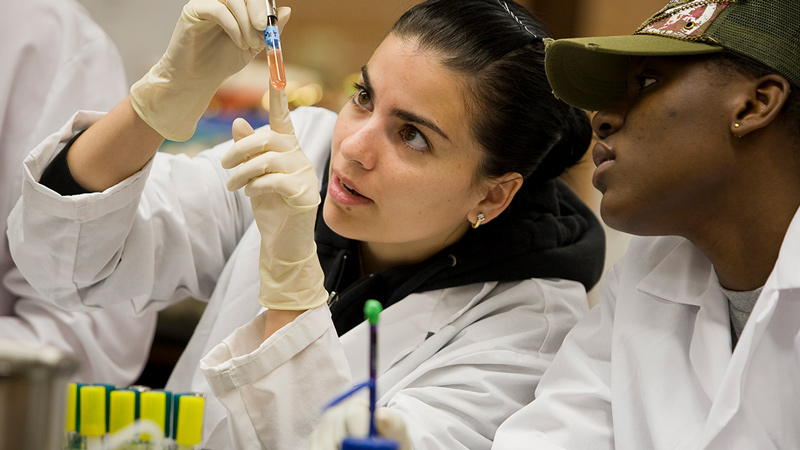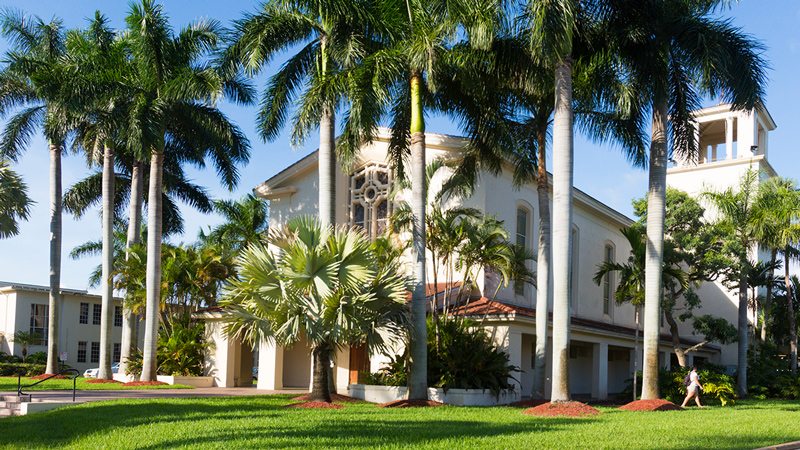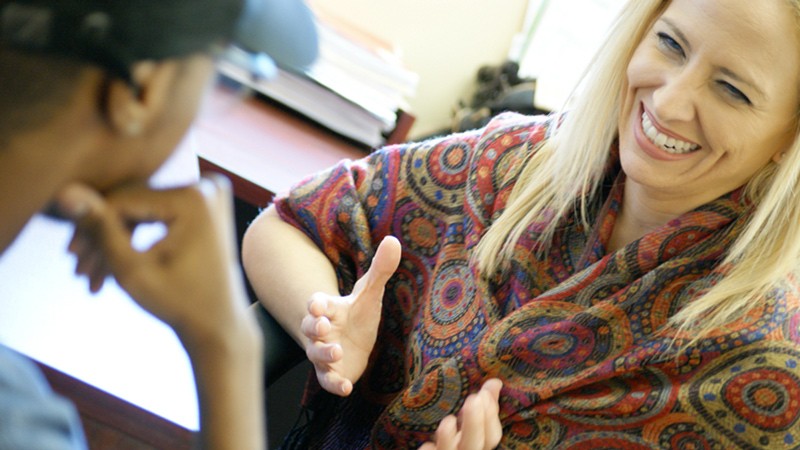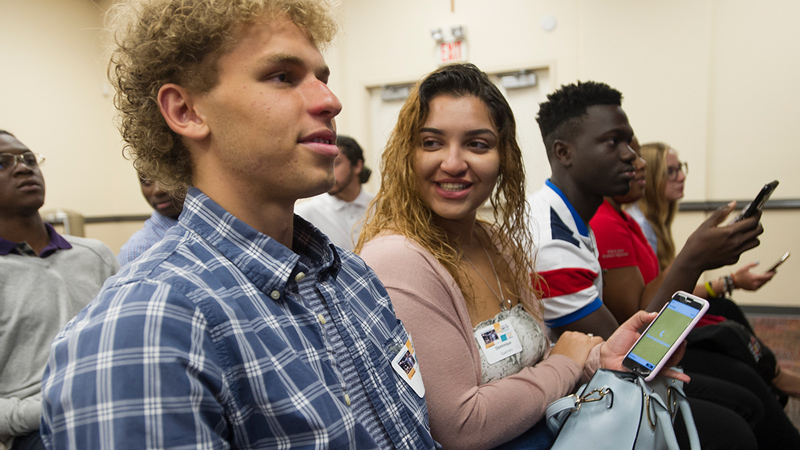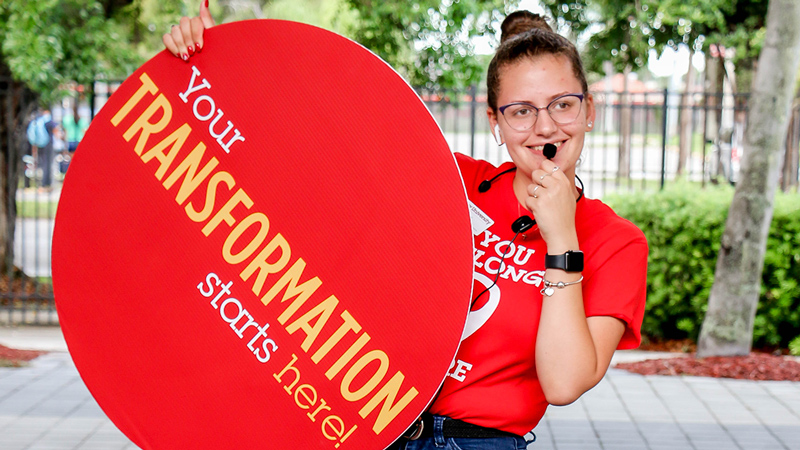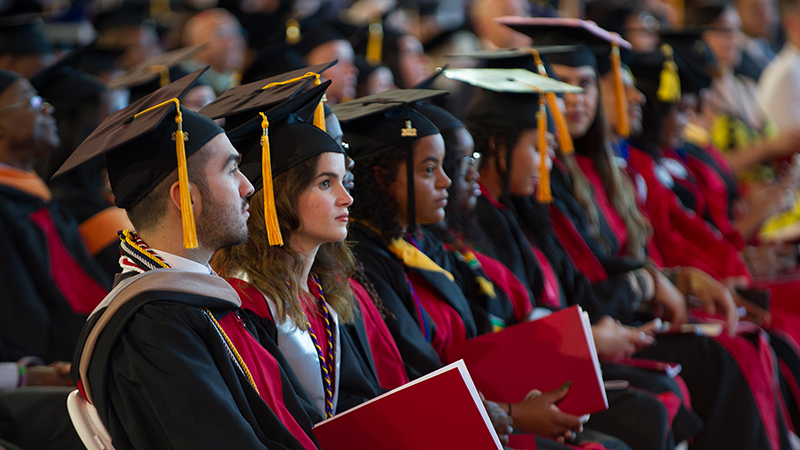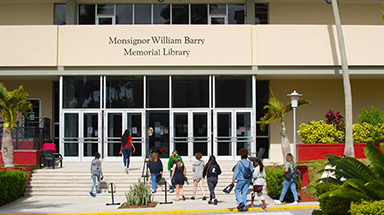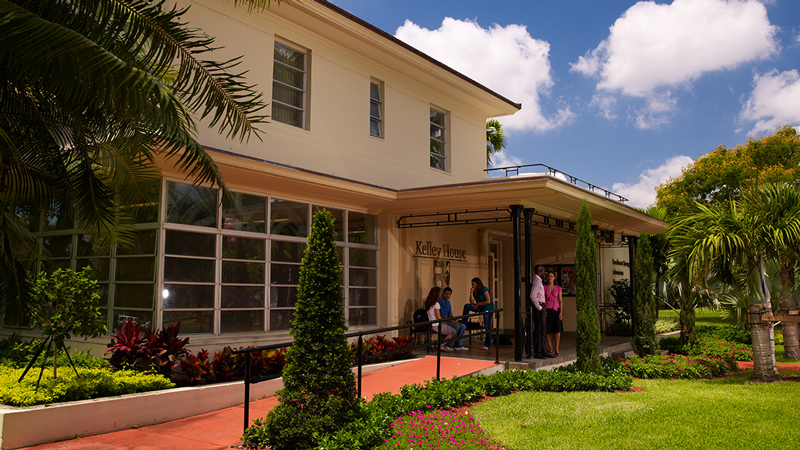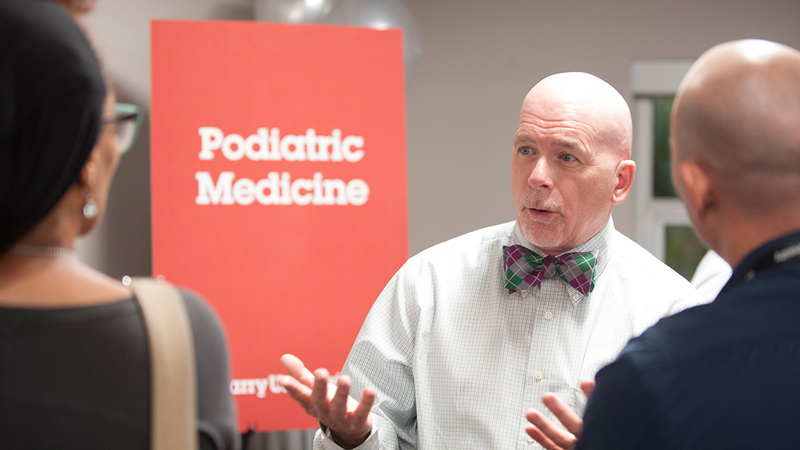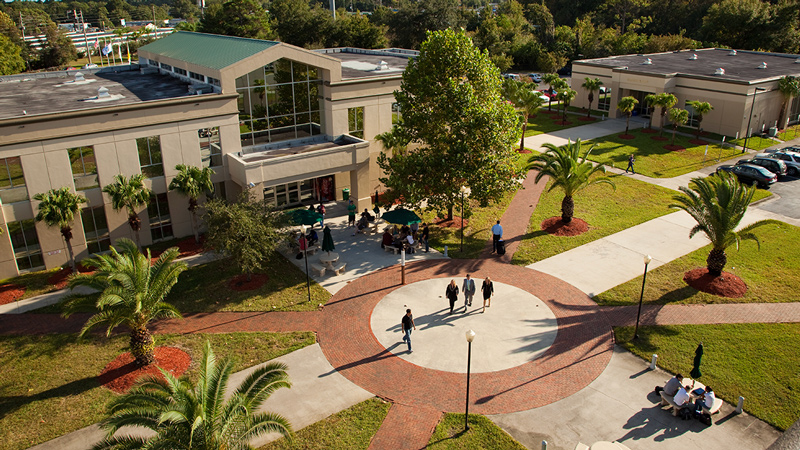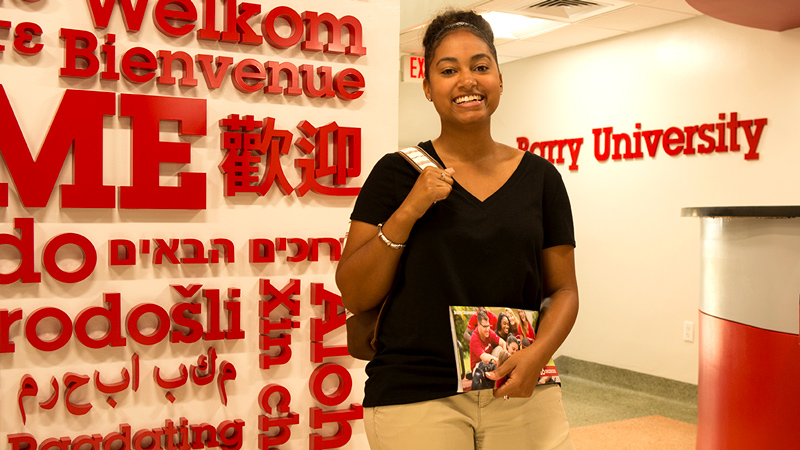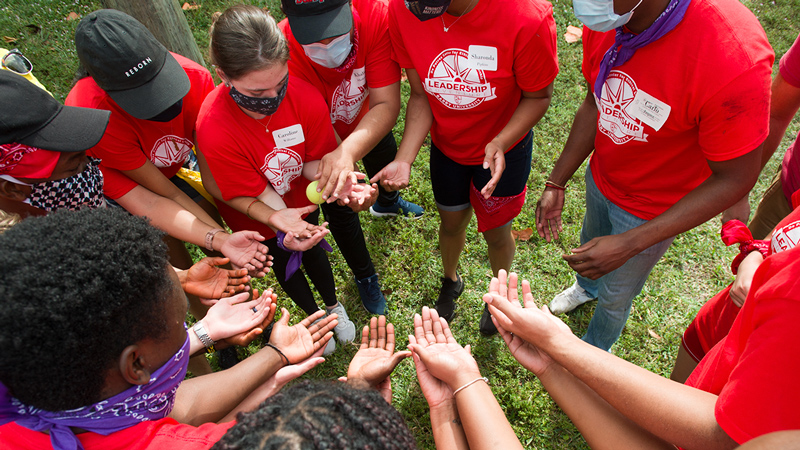The Moore interview was part of an oral history lesson Hersh was conducting for students at Turner Tech High School to teach them about interview techniques. During the interview, the civil rights leader, who was known as A.D. Moore, mentioned the iconic motel and the fact that he heard Martin Luther King Jr. give his famous “I Have a Dream” speech there three years before he delivered it on the steps of the Lincoln Memorial during the March on Washington.
“That just made me sit straight up,” Hersh says about Moore’s recollection.
Wanting to know more, Hersh located the motel and visited it. What she saw wasn’t the legendary structure that Moore had discussed with reverence, but the derelict building that Pinkney passed almost daily. After further research, she learned that the motel had been owned and operated by a Jewish family, who not only allowed the CORE meetings to take place on its premises but had made a promotional film advertising the Hampton House among Black middle-class travelers and convention organizers.
“There was everybody in there. There was Althea Gibson; there was Jackie Robinson spinning around on the stool in the cafe waving to the camera. There was Martin Luther King giving a press conference,” Hersh says about the footage. “Just everybody was in there, and it really showed how it had been such an important epicenter, really, of Black culture.”
Soon Hersh was on the phone with the Dade Heritage Trust, the historic preservation group that has been at the forefront of protecting local landmarks. The person on the other line said, “You have to talk to Enid Pinkney.”
Hersh did even better. She went to meet Pinkney and members of her committee. She carried with her the Hampton House promotional film and the interview with Moore, along with a strong desire to save one of the last vestiges of African-American history in Miami-Dade.
Pinkney was sold. However, neither her committee nor the Trust had money, and Pinkney soon learned that the building was slated for demolition because it was considered an unsafe structure. That’s when she turned to one of her earliest allies, whom she honored at the Hampton House’s 2015 opening: Luis Penelas Jr.
Penelas, who died in 2006 of pancreatic cancer before the Hampton House’s partial restoration was complete, was the older brother of then-Miami-Dade County Mayor Alex Penelas.
“I went to him, and I told him, ‘Listen, you’ve got to talk to your brother,’” Pinkney says, recalling the conversation with Luis Penelas. “I said, ‘You know, they’re gonna tear the Hampton House down. The Hampton House is a historic place .… It’s a historic building to Black people; it’s the last from the days of segregation that we used to go to. It would be just tearing down the last vestiges of our history.”
Luis Penelas initially was reluctant to approach his brother and told Pinkney, “Just because he’s the mayor, he can’t tell people what to do.”
Pinkney persisted. After all, this is the same woman who, as president of the Booker T. Washington Senior High in Overtown, chased boxer Joe Louis all over town for a promised check to help the band get new uniforms. Luis Penelas then offered up a suggestion.
“He said, ‘What you need to do is have a press conference, a big press conference, saying, Save the Hampton House,’” Pinkney recalls on a recent Saturday at her home in Brownsville.
Wanting to make sure that the plan would work, the older Penelas asked Pinkney, “Can you get a big crowd?”
“I said, ‘Well, I could probably get a crowd.’ He said, ‘OK. If you could get the crowd, I’ll get the food and the band.’ He said, ‘But it’s going to be a Cuban band.’ So I said, ‘Well, if you could get the food and the band, I don’t care if it’s a Cuban band.’"
The press conference, which took place in front of the Hampton House with a sign that said, “Save the Hampton House,” was a huge hit. Penelas came, and so did County Commissioner Barbara Carey-Shuler.
Pinkney still remembers the words of the mayor that day. “He said if we can spend $26 billion to preserve the Circle, then we could spend some money to preserve the Hampton House.” The Circle is an archaeological find that was a ceremonial site for the Tequesta Indians near the mouth of the Miami River that Luis had persuaded his brother to help preserve.
After the event, Penelas and Carey-Shuler shelved the demolition. Pinkney and her growing group of supporters then moved to have the motel declared a historic site by the Miami Dade Historic Preservation Board. Soon, the county agreed to buy the Hampton House for $450,000.
“After that, they said, ‘What are you going to do with it?’” Pinkney recalls. “Then they said, ‘Do you all have any money to restore it?’ We said, ‘No, we don’t have any money to do anything.’ They said, ‘Well, y’all are going to have to figure out how you’re going to restore it.’”
